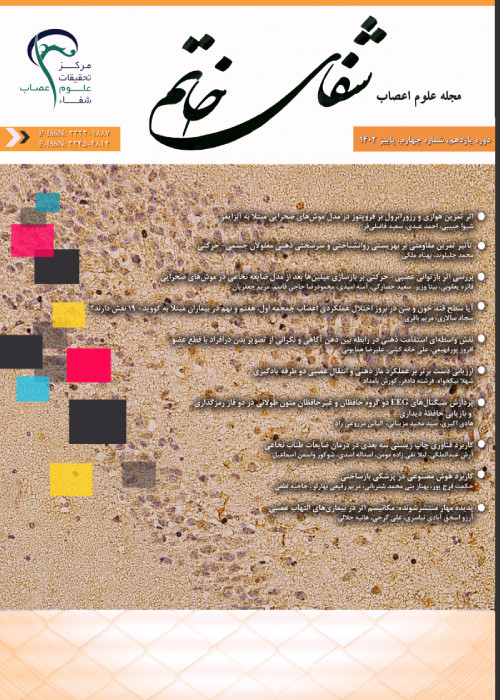The Role of Astrocytes in the Central Nervous System: Physiological and Pathophysiological Conditions
Astrocytes are cells with distinct morphological and functional properties in certain areas of the brain and play regulatory roles, such as neurogenesis, synaptogenesis, control of the blood-brain barrier permeability, and maintaining extracellular homeostasis. Moreover, astrocytes play a key role in the development and modulation of neural circuits through communicating with axons, dendrites, and synapses according to the needs of the surrounding cells. Furthermore, astrocytes play an essential role in synaptic plasticity, and memory formation via the modulation of neural function. Mature astrocytes are activated following central nervous system damage and changed to reactive astrocytes type A1 and A2. Supporting roles of reactive astrocytes may shift to toxic functions and finally cause the progression of neurological diseases. Neurotransmitter disorder, abnormal brain development, and regeneration of synaptic structures are observed in the brains of patients with neuropsychological diseases. Extensive studies have pointed to the role of astrocytes in depression, schizophrenia, and drug dependence. On the other hand, astrocytes are an important factor in neuronal damage in neurodegenerative diseases. Neurological and radiological studies have shown that these diseases are associated with severe inflammation and astrocytes are among the most important cells that cause inflammation. Reactive astrocytes play a role in the pathology of various neurological diseases, such as Alzheimerchr('39')s disease, Parkinsonchr('39')s disease, lateral amyotrophic sclerosis, multiple sclerosis, and Huntingtonchr('39')s. Alterations in neurotransmitters, cellular connections, receptors, signaling pathways (especially in the field of inflammation), secretion of inflammatory factors, aqueous channels, secretion of growth factors, protein deposition, ionic homeostasis, and finally, changes in the size and number of astrocytes have been considered as the most important pathogenic mechanisms in astrocytes.
Regulation of reactive astrocytes could be an effective clinical strategy for the treatment of neurological and psychological diseases.
- حق عضویت دریافتی صرف حمایت از نشریات عضو و نگهداری، تکمیل و توسعه مگیران میشود.
- پرداخت حق اشتراک و دانلود مقالات اجازه بازنشر آن در سایر رسانههای چاپی و دیجیتال را به کاربر نمیدهد.


